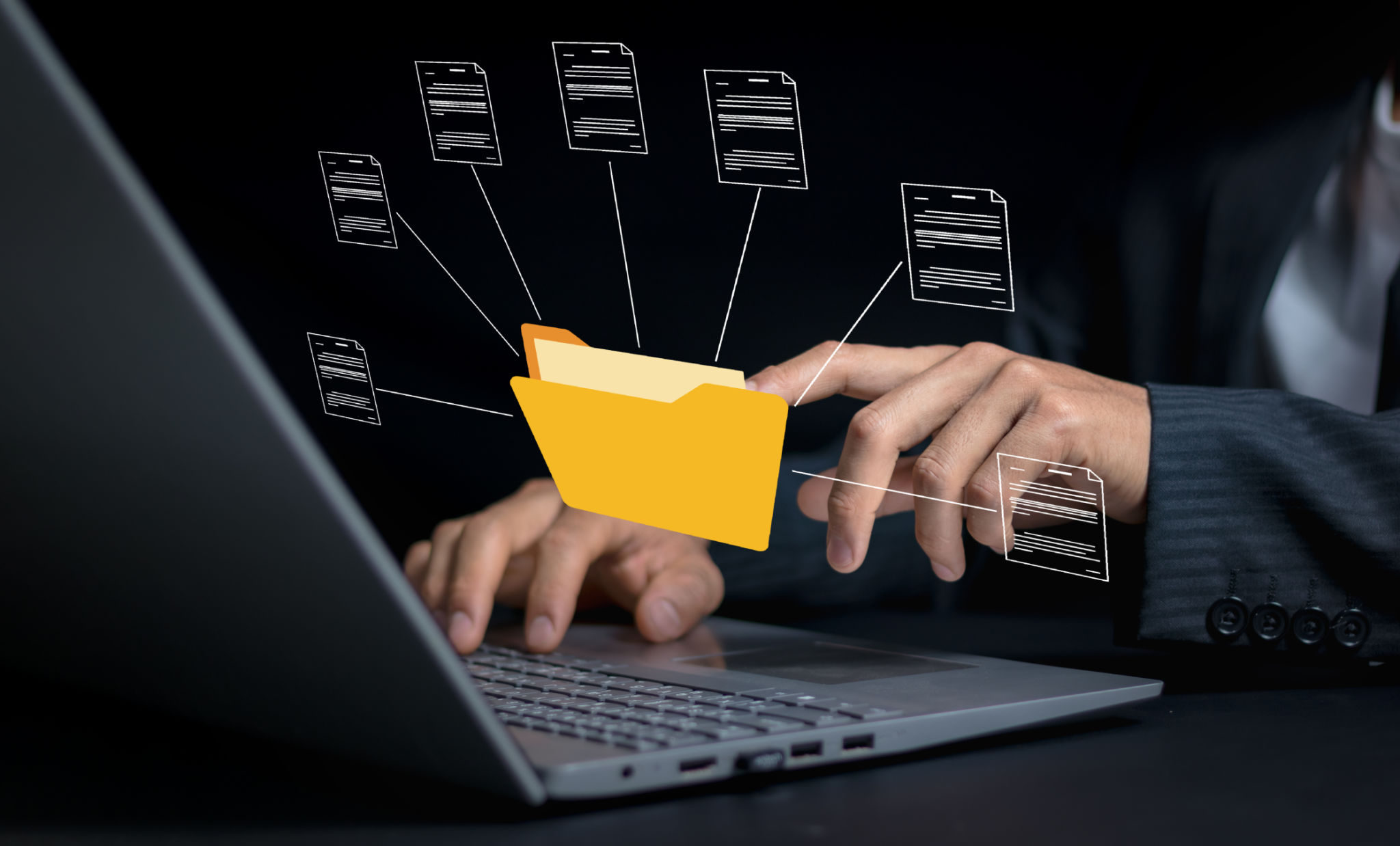Best Practices for Software Licensing Management
MD
Understanding Software Licensing Management
Software licensing management is a crucial component of any organization that utilizes software applications. Proper management ensures not only compliance with legal requirements but also the optimization of software usage and cost. The right practices can help organizations avoid hefty fines and maintain efficient operations.
Effective software licensing management involves tracking software licenses, ensuring compliance, and managing renewals. It's essential to understand the different types of licenses and how they apply to your software assets. With the increasing complexity of software agreements, having a robust management system in place is more important than ever.

Conduct Regular Audits
One of the most effective ways to manage your software licenses is to conduct regular audits. This involves reviewing all software licenses, installations, and usage across your organization. Audits help in identifying any discrepancies between licenses purchased and the actual usage, ensuring compliance with vendor agreements.
Regular audits also provide an opportunity to assess whether the current licensing arrangements meet the organization's needs. They can reveal unused or underutilized software, allowing businesses to reallocate resources or negotiate better terms with vendors.
Centralize License Management
Centralizing your software license management can significantly streamline the process. By maintaining a centralized database of all software assets and their licenses, you can easily monitor usage, track renewals, and ensure compliance. This approach facilitates better decision-making and helps in identifying potential cost savings.

Centralization also reduces the risk of missing license renewals or updates, which can lead to non-compliance issues. It enables organizations to maintain a clear overview of their software landscape, helping them manage their assets more effectively.
Leverage Automation Tools
Automation tools can greatly enhance the efficiency of software license management. These tools can automate routine tasks such as tracking license expirations, generating compliance reports, and managing renewals. By reducing manual intervention, automation minimizes errors and frees up valuable resources for other critical tasks.
Additionally, automation tools provide real-time insights into software usage and compliance status, allowing organizations to proactively address potential issues. Investing in the right tools can lead to significant time and cost savings.

Educate Your Team
An often-overlooked aspect of effective software licensing management is educating your team about the importance of compliance and proper usage. Providing training sessions and resources on software policies ensures that all employees understand their responsibilities. This awareness helps prevent unintentional violations that could lead to penalties.
Encouraging a culture of compliance within your organization fosters a proactive approach to software management. It ensures that everyone is on the same page regarding policies, reducing the likelihood of costly errors.
Conclusion
Incorporating best practices in software licensing management is essential for maintaining compliance, optimizing costs, and enhancing overall operational efficiency. By conducting regular audits, centralizing management, leveraging automation tools, and educating your team, you can establish a robust system that supports your organization's objectives.
Implementing these strategies not only safeguards your organization from legal risks but also positions it for growth by maximizing the value derived from software investments. As the digital landscape continues to evolve, staying ahead with effective license management becomes increasingly critical.